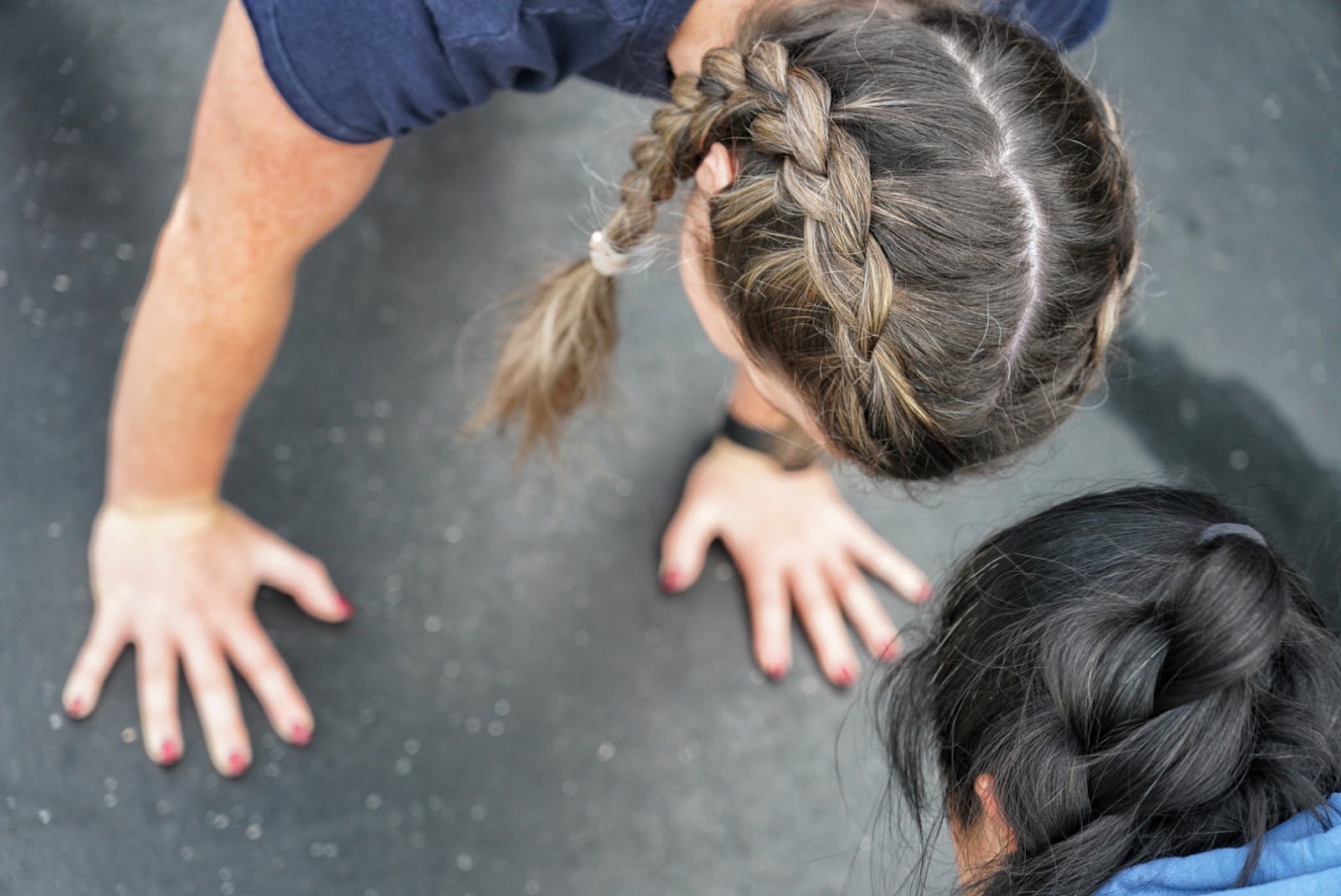
‘When do I breathe during a lift?’
That is one of the most common questions we get at DEUCE Gym. The simplest way to answer this question is to break it down into a single principle:
The most optimal position to respirate during a lift is in the most mechanically advantaged position relative to the movement’s context.
Let’s break that down so it feels actionable.
Optimal position means we want to breathe where breathing is MOST conducive to performance. That’s why the question gets asked in the first place.
Mechanically advantaged also relates to performance. The exchange of gasses, or respiration, will lead to a decrease in pressure. Pressure is necessary to create core stiffness, which is essential for performance. In the following article in the series, we will dive into intra-abdominal pressure.
Since we have to breathe, we don’t want pressure to decrease where we need to most. At least on a heavy effort. This would make the bottom range of motion on a lift like the Squat the least mechanically advantaged place to breathe. The most advantaged position to breathe is when your musculoskeletal system is in the most stacked, organized position. In other words, where your entire system is bearing the load, not where only parts of the system are.
Sometimes, this can change depending on what you are doing. This is what we mean by ‘relative to a movement’s context.’
You will breathe much differently on a 1 rep max Back Squat than on a set of 10 Back Squats or an effort of 100 Air Squats. Everything is relative.
When to breathe came up with STRENGTH 202 students recently concerning a set of 5 Back Squats with :05 eccentrics and :03 isometric pauses at the bottom. As a rule, in the context of that training program, I advise students to breathe only:
- Before they unrack the bar
- At the most mechanically advantaged position- at the very top of the Squat from a stacked position.
The top of each repetition is the most advantaged place to breathe. However, once you add an appropriate training load to the bar for that tempo and rep scheme, things begin to fray; Theory breaks down under the reality of practice. In the context of the training, respiration strategy changes. This is not bad; it just indicates the inverse relationship between breathing and bracing. Generally, the longer the duration of an effort, the more respiration becomes appropriate.
2/12/24 WOD
DEUCE Athletics GPP
Complete 4 Rounds of the following:
6 1-Arm Lat Pull Downs (ea)
Complete 3 rounds for quality of:
10 DB Pull Overs
15 1-Arm DB OH Tricep Extension (ea)
:30 Captain Morgan (ea)
For time:
24-20-16-12-8-4
DB Front Rack Reverse Lunges (50/35)
Hand Release Push Ups
DEUCE Garage GPP
5-5-5-5
Push Press
Complete 3 rounds for quality of:
6-8 Eccentric Dip Pluses
10 Paused DB Pullovers
Then, complete the following for time:
10-20-30
Burpee Box Jump Overs (24/20)
KB Swings (70/53)

